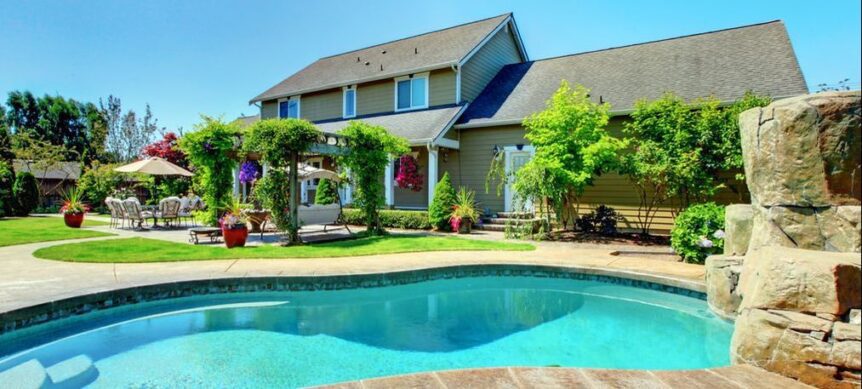We all know that a new roof can add value and appeal to your home. But did you know that a new roof can also save you money? The answer is YES! Having a new roof can save you money on energy bills, homeowner’s insurance and even your taxes. Today’s new roofs have longer lifespans, and cost less to repair and maintain.
Your roof is not only an important investment, it is the first line of defense against severe weather. A professionally installed roof can provide the protection, ventilation and insulation your home needs in all kinds of weather. In addition, newly developed roofing materials can add years of life to your roof while saving you money in energy costs.
Technological advances insure that new roofs are more weather resistant, with higher fire, wind, and impact ratings. In fact, manufacturers have devised special installation techniques to keep your roof in place during hurricanes and other kinds of severe weather.
According to HowStuffWorks Home and Garden expert Stephanie Watson,
“The government created the ENERGY STAR program to help promote the use of energy-efficient products. Only roofing products that are highly reflective are given the Energy Star label. These roofs can reflect enough of the sun’s rays to lower the temperature on the surface of your roof by as much as 100 degrees Fahrenheit (56 degrees Celsius)”
Residential roofing products which carry the ENERGY STAR label means they have excellent emissive and reflective properties to minimize heat gain. This reduces attic temperatures, thereby reducing your energy consumption. Installing a new roof is the best time to address its efficiency.
According to bobvila.com., there are four factors to consider when installing a new roof:
- INSULATION – Air leakage and inadequate insulation are responsible for 15-25% winter heat loss in the typical home. Proper insulation is of major importance and will extend the life of your roof. This insulation prevents the transfer of heat or cold from penetrating the living areas of your home.
- VENTILATION – Proper circulation of air in your attic will keep extreme heat from building up during summer months. This hot air can warp roof decking, possibly shorten the life of the shingles, and even force your HVAC system to work harder. Intake vents, often positioned on the lowest part of your roof in the soffit, paired with exhaust vents positioned higher on the roof, will allow for a circulation of air. Cool air enters the intake vents, warms and then rises to the top of the attic where it can exit through the exhaust vents. This natural process keeps energy costs down.
- SHINGLE COLOR – Just as light colored clothing will reflect the sun and dark colored clothing will absorb its warmth, shingle color has the same affect. Choose your shingle color based on where you live. Energy-efficient shingles in solar-reflecting colors will help reduce attic heat. These shingles last longer and remain cooler. Single colors which are Energy Star-rated offer a “cool” roofing system. These are highly reflective shingles, thereby reducing temperatures in your attic.
- A RADIANT BARRIER – This is an energy-saving option which is applied during a re-roofing project, requiring the replacement of the roof’s deck or sheathing. It actually looks something like silver paint applied to the underside of the roof deck but is actually a coating which reflects heat, resulting in less heat in your attic.
NEW ROOF FEATURES
UNDERLAYMENT
In addition to the four factors listed above, a new roof can include upgraded underlayment which provides a protective layer underneath the shingles. There is an upgraded synthetic-type “peel and stick” underlayment which protects the wood below the shingles from moisture.
ATTACHMENT METHODS
The method used to attach the roof to the exterior wall of your home can also impact insurance costs. The three methods used are:
- Toe-nailed
- Clipped
- Hurricane-strapped
Also, new technology has developed shingles which can resist up to 130-mph winds. Upgrading to hurricane straps and higher wind-rated shingles can bring your home up to current code, which can save you money on insurance premiums. Be sure to check with your insurance agent or accountant for tax credits available.
IMPROVEMENTS
Having a new roof professionally installed definitely makes sense in many ways. Improving the safety, value, and curb appeal of your home with the added benefits of lower energy bills, savings on your insurance premiums, longer roof life with lower repair and maintenance costs, plus possible tax credits, makes a new roof a win-win for any homeowner.
Harper Roofing in Charleston, South Carolina has been called the best roofer in Charleston by past customers all over

